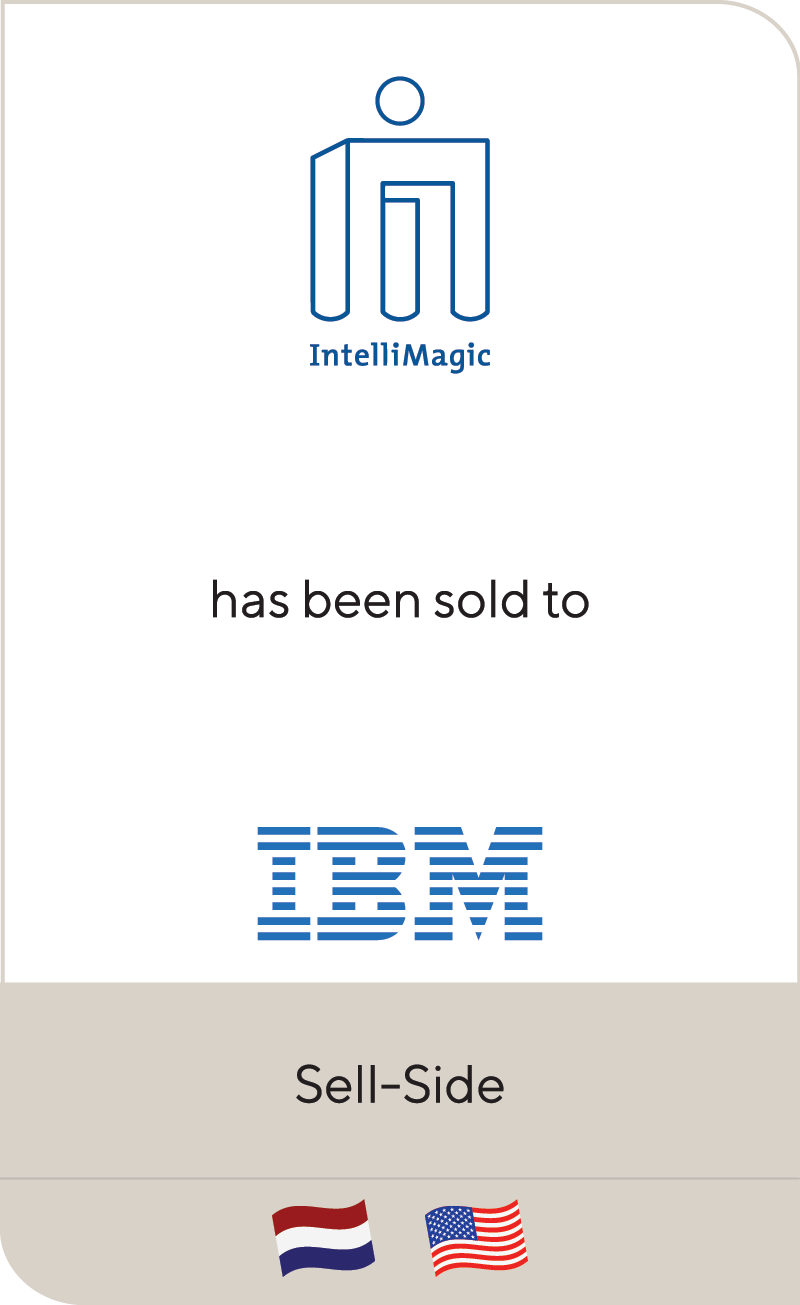Time to Get In: Resiliency & Continuation of the “Electronics Super-Cycle” Power Investor Interest in EMS
Jun 2020
Now more than ever, digital connectivity is critical as COVID-19 creates physical distance between people and businesses.
The electronics super-cycle is driven by demand for the connection of everything. While the pandemic is creating challenges for many industries, the electronics manufacturing services (EMS) sector has proven resilient as electronics are integral to supporting the smart technologies that make this interconnected world possible. The pandemic has not stopped innovation for 5G, IoT, Industry 4.0 and other smart technologies driving the world of tomorrow.
Before, during and after the pandemic, the electronics super-cycle will continue to drive long-term sustainable growth for the EMS industry and companies throughout the electronics value chain.
Resiliency of EMS Shines Through the Pandemic
Electronics can be found in almost everything, from ovens to heart monitors and cellphones to aircrafts, touching all industries. The diversity of customers allows EMS companies to quickly shift to meet evolving needs and capitalize on pockets of demand.
The EMS business model benefits from positive cash generation driven by the ability to manage working capital at a high velocity. In a down market where many companies need to conserve cash, EMS companies are generating higher degrees of cash, which can be redeployed to more robust pockets of demand.
Innovation is the mother of necessity, and the pandemic has spurred innovation as EMS companies rise to meet the needs stemming from COVID-19. Whether it be automated carts in grocery stores, driverless cars for contactless delivery, or sensors to enable temperature checks, EMS companies are precipitating digital transformation and connectivity across industries that rely on electronics.
Because of their ability to produce essential items, EMS sites were able to stay open with new safety measures in place during the pandemic. Currently, Lincoln International found that many EMS companies are operating between 60-90% of planned capacity. Looking forward, the majority expect operations to return to normal by mid-summer while 75% expect business to return to normal by the beginning of Q4 2020, according to a recent IPC industry survey.
Keeping companies operating, even at a reduced capacity, is beneficial to the economy as EMS is ingrained into the fabric of industries around the world. For example, in the U.S. EMS directly contributes to more than 1.3 million jobs, according to the IPC. For every job that it directly supports, there are three jobs that are indirectly supported—totaling approximately 5.3 million jobs. This equates to $700 billion annually or 3.7% of U.S. GDP.
Lincoln Perspective
COVID-19 has slowed many industries, but it has not stopped EMS. EMS organizations are continuing operations and adapting, as necessary.
For private equity firms looking to deploy the capital they have amassed, this remains an attractive area for investment. Lincoln International identifies three trends PE investors should pay attention to in the EMS industry:
| Time to get in: The resilience of the industry, diverse customer base, working capital dynamics, and the electronics super-cycle are driving long term growth in the EMS industry. Since we are still in beginning of the electronics super-cycle, now is the time to get in. |
| Opportunity for cash return: EMS has historically traded in a tight range of multiples, but has been trading up, now in the high single digits as a multiple of EBITDA. This industry offers attractive opportunities to achieve a meaningful return. EMS companies are able to generate significant cash, allowing PE firms to more quickly pay down debt leverage and drive equity value for their investors. Dividend recapitalizations are also a viable approach to increasing returns for shareholders. |
| Fragmented industry with buy and build opportunities: Tariffs and tensions between the U.S. and China, and now the COVID-19 pandemic have demonstrated the value in diversifying your physical footprint across geographies. In a fragmented industry with customers seeking regional supply chains, buy and build strategies that enable EMS companies to diversify across geographies have given management the flexibility to shift production to alternative geographies in times of business interruption. We’re seeing more opportunities anchored around PE investors building global or national platforms to ensure business continuity and reduce supply chain risks for OEM customers. |
Summary
-
Lincoln International shares three notable trends for PE investors in the EMS sector and resiliency the sector has experienced during the Coronavirus (COVID-19) pandemic.
- Click here to download a printable version of this perspective.
-
Lincoln International has created a Playbook to support business leaders in documenting and articulating their COVID-19 response. To request a copy, click here. - Sign up to receive Lincoln's perspectives











